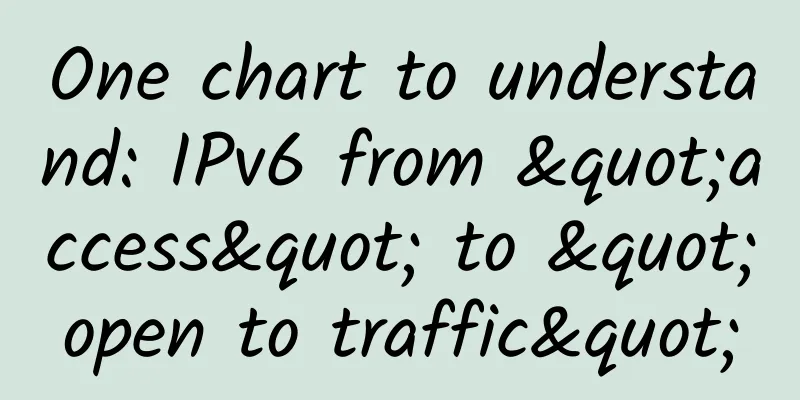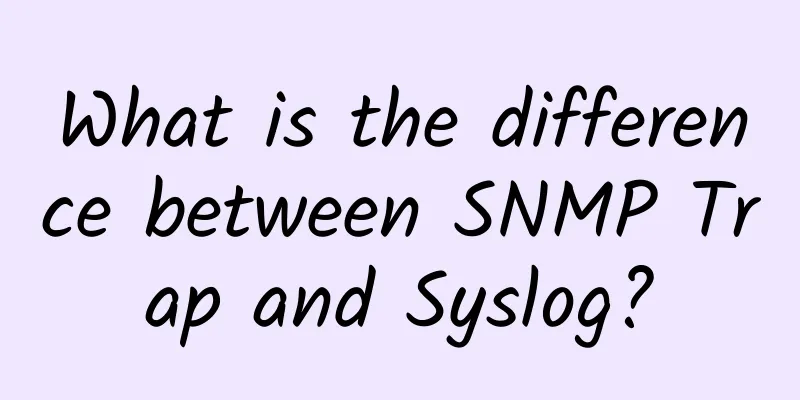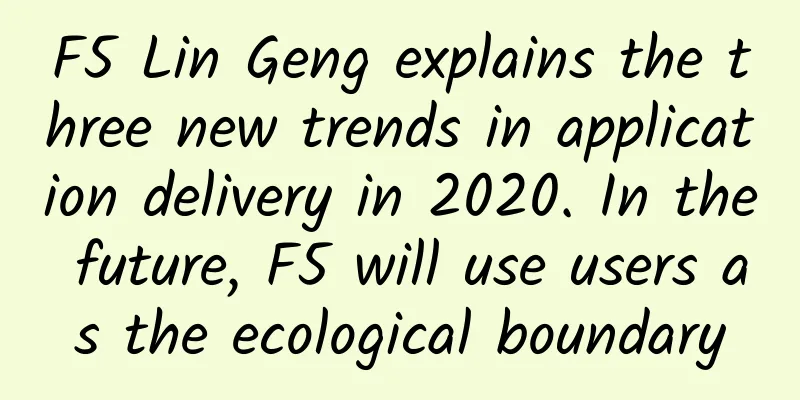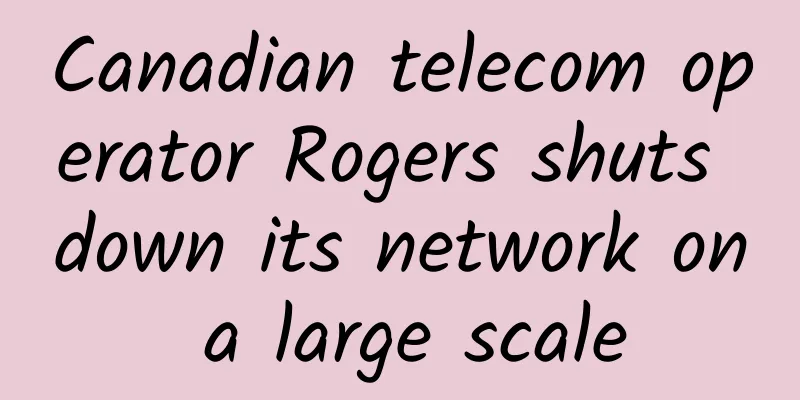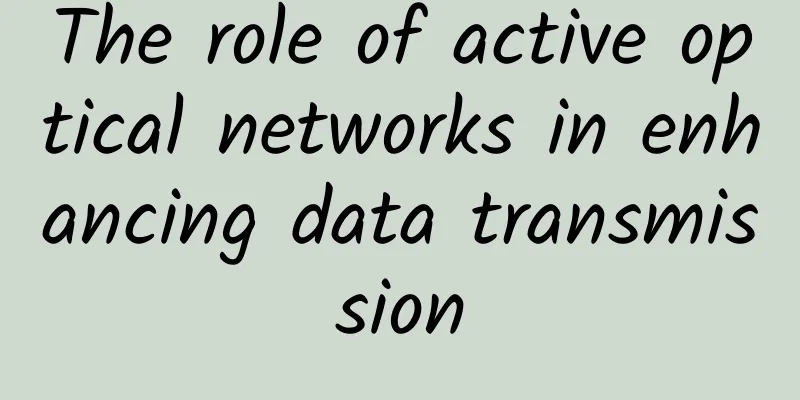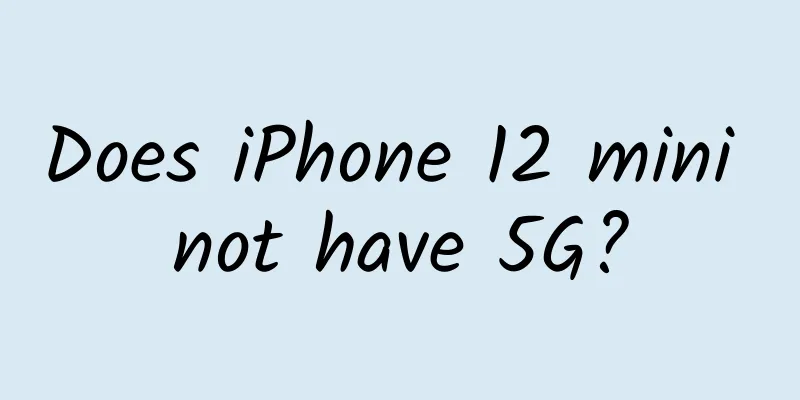Wireless power could be key to 5G-enabled sustainable smart cities
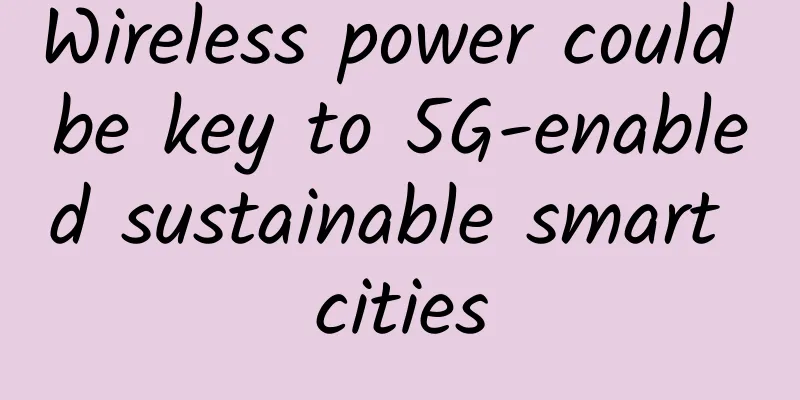
|
The Internet of Things (IoT) is estimated to currently connect over 10 billion devices and is expected to grow rapidly with 5G, with Cisco predicting that there will be over 500 billion connected devices by 2030. One of the pillars of 5G coverage is its ability to increase the number of connected devices by orders of magnitude; for the first time we will have a network that can truly connect every device in the world. This scalability could enable a wide range of new IoT applications, including large-scale, ultra-high-speed networks that improve supply chains and speed up manufacturing processes. But as 5G coverage grows, IoT data that drives sustainable smart city applications is the most anticipated. When applied to smart city applications, 5G's real-time data capabilities for IoT can balance power loads, reduce costs, reduce unnecessary resource consumption, and improve safety. Now, 5G is solving the massive connectivity problem, but there is one obstacle that is not getting enough attention and is holding back the deployment of the IoT: power. Today’s typical wired and battery-powered approaches are not up to the challenge of powering hundreds of billions of devices; humans haven’t made that many batteries in 200 years, and we can’t possibly connect that many. We need to rethink how we power sensors and devices to meet the challenge and realize the promise of a 5G-enabled IoT. Fortunately, there is another option: wireless power. Wires and conventional batteries can’t power the futureWhile 5G can indeed expand the scale of IoT with hundreds of billions of new connected devices around the world, traditional power transmission mechanisms limit IoT deployment over 5G. Wireless power is the modern power infrastructure we need to deploy with 5G. Wireless power is safe and reliable electricity that can be automatically transmitted to devices from great distances. Smart cities will require metropolitan-scale networks to improve operational efficiency, deliver critical data to the public, and improve municipal services. For example, IoT sensors in devices can transmit information about air quality, temperature, resource consumption, general health, and activity levels around a city, enabling rapid analysis to design and deploy improvements—but all of these sensors require power. Safe wireless power already exists and can be deployed at scale to integrate wireless power into buildings and infrastructure along with 5G. This will reduce wiring and maintenance costs while providing wireless power to enable personal consumer smart home gadgets, phones, tablets, gaming devices, etc. within buildings to be automatically charged as well. On the other hand, batteries have a huge environmental cost: extracting rare earth metals, manufacturing batteries and ultimately disposing of them wreak havoc on our environment.
Wireless drives a sustainable 5G futureSustainability is a core component of the smart city vision. 5G enables smart cities to leverage data and technology to improve efficiency, increase productivity, and transform cities into hubs of sustainable development. Wireless power achieves this by reducing the excessive battery and electronics waste associated with traditional power sources. Independent research firm Sustaintalytics estimates the impact that wireless power could have on the IoT over the next five to ten years. The company looked at just three potential IoT sensor use cases, which represent less than 1% of the total number of sensors expected to be deployed in the next few years. Even with limited capacity, the positive environmental impact of switching to wireless power is expected to be significant:
Again, these are the estimated impacts of wireless power on 1% of IoT devices. Extrapolating these numbers to broader wireless power deployments, the huge potential of wireless power to improve sustainability comes into focus. Driving technology trendsIn smart city environments, wireless power infrastructure can reduce the waste associated with traditional electricity, while also enabling wider deployment of sensors connected by 5G networks. These can drive smart transportation, parking and traffic management initiatives, while supporting innovation in other areas, including healthcare, education and public services. This is just the beginning. 5G is already inspiring new technology trends across the board. When 5G is combined with wireless power, the two technologies can open the floodgates of creativity and enable innovation across fields, including smart cars, smart homes, virtual reality, and more. 5G is a game changer. Its scalability, speed, and data capacity have the potential to drive innovation in the Internet of Things. People are excited about the possibilities, including the potential for smart cities. But before the promise of the Internet of Things can be fully realized, we need to overcome the limitations of traditional power sources for the Internet of Things. Wireless power deployed by 5G may be the key to achieving this sustainable vision. |
<<: What is a wireless access point?
>>: From R15 to R17, understand 5G's technological innovation in one article
Recommend
Solutions for 5G Network Security Threats
With the support of artificial intelligence techn...
Canada to launch 3500MHz 5G spectrum auction
According to foreign media reports, Canada will l...
Huawei's Rotating Chairman Guo Ping speaks at the Global Analyst Conference: Overcoming difficulties and moving towards the future
[Shenzhen, China, May 18, 2020] Huawei's 17th...
2018 Huawei Global Financial Summit held in Beijing Future digital banking will be a fully connected platform
[51CTO.com original article] On April 25, Huawei ...
What is the difference between an enterprise data center and an Internet data center?
Data centers are currently the hottest investment...
How do analog phones achieve full-duplex communication?
Full-duplex communication refers to the ability t...
RAKsmart: San Jose dedicated server limited flash sale starting at $30/month, optional premium network or CN2 line
RAKsmart is a foreign hosting company operated by...
AI World: Eight AI trends to watch in 2018
Computationally speaking, the big data analytics ...
15 Best Practices for Fiber Optic Cable Installation in Data Centers
CABLExpress recently released its latest Fiber Op...
DogYun (Dog Cloud) offers a 100 yuan discount on all independent servers per month, and Hong Kong servers start from 300 yuan per month
DogYun is a Chinese hosting company established l...
The number of 5G package users has exceeded 200 million. How to tap the value of 5G?
Recently, the three major domestic operators have...
DesiVPS new 1Gbps unlimited traffic VPS annual fee of $29.99, free IP change once a month, Los Angeles data center
DesiVPS has released two promotional packages, wh...
Nielsen: 5G enters a period of accelerated development, new scenarios give rise to new consumer demands
Recently, Nielsen, a global monitoring and data a...
5G network speed has shrunk? Q3 saw a year-on-year decline of up to 39%
Recently, Ookla, a network connection speed testi...
Pivo: $5/month KVM-4GB/40G SSD/2TB/Phoenix Data Center
Pivo claims to have started in 1997(?). The merch...
